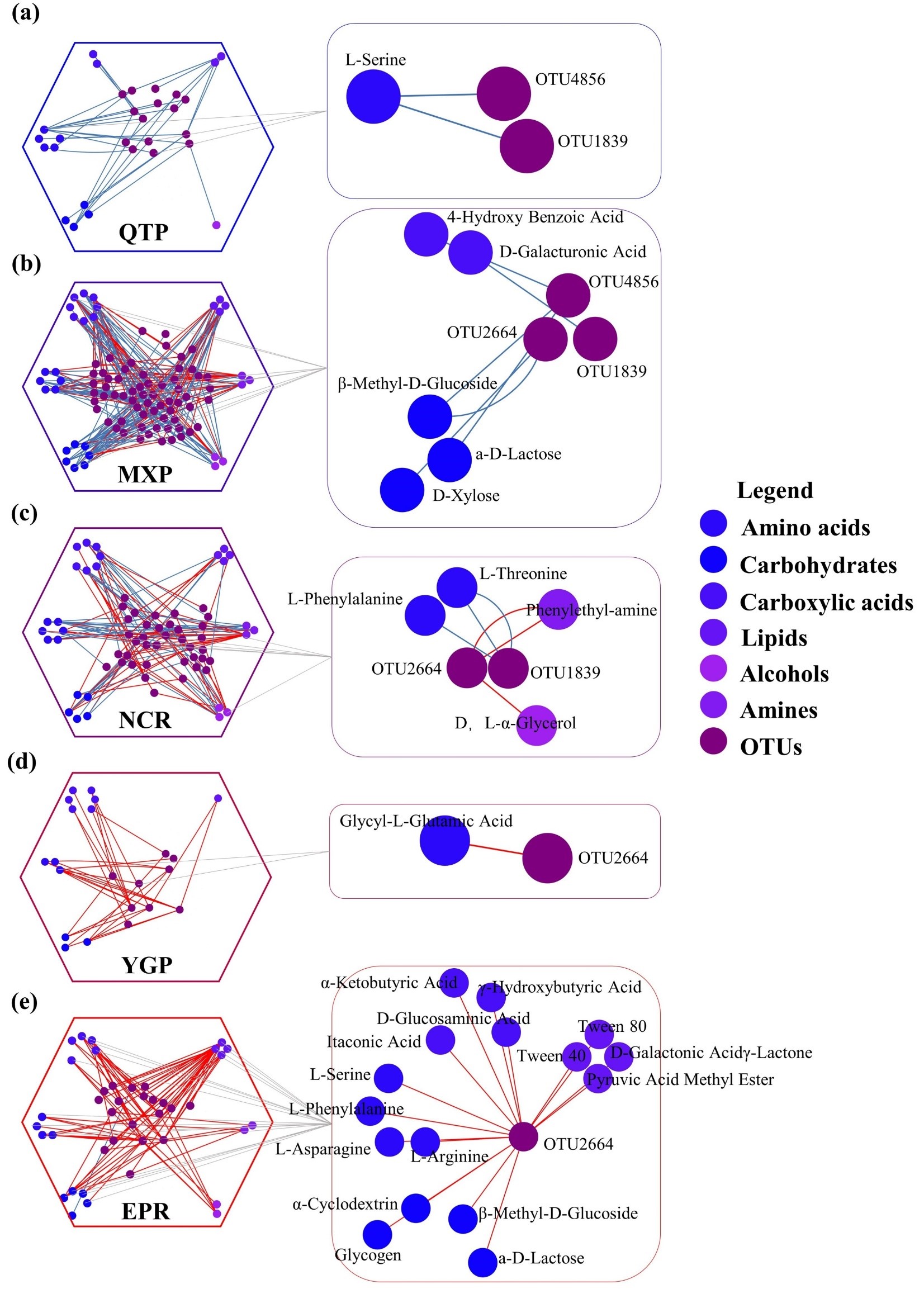Highlights
Researchers Unveil How Temperature Mediates Microbial Carbon Utilization in China's Lakes
Microbes account for more than 50% of the respiration on earth by degrading organic substrates, and are crucial to the global carbon cycle. Bacterial carbon demand in lakes can exceed primary production through terrestrial carbon subsidies, but there is a limited understanding of microbial carbon utilization functional responses to changes in temperature across large geographic areas.
Recently, a research group led by Prof. WU Zhenbin from the Institute of Hydrobiology (IHB) of the Chinese Academy of Sciences revealed the mechanism of microbial carbon utilization in lakes under climate change. This study was published in Global Change Biology.
In this study, the researchers sampled 47 lakes from five major lake regions in China, combining16S rRNA gene amplicon sequencing with carbon utilization assays. These 47 lakes included a space-for-time substitution temperature gradient of future climate change spanning a difference of nearly 15°C in mean annual temperatures.
The researchers found that lakes from warmer regions generally had lower values of variables related to carbon concentrations and greater carbon utilization than those from colder regions. The greater utilization of carbon substrates under higher temperatures could be attributed to changes in bacterial community composition, with a greater abundance of Cyanobacteria and Actinobacteriota and less Proteobacteria in warmer lake regions.
Through Bipartite networks between carbon substrates and microbes, the researchers also found that the core species in microbial networks changed with increasing temperature, from Hydrogenophaga and Rhodobacteraceae, which inhibited the utilization of amino acids and carbohydrates, to the CL500-29-marine-group, which promoted the utilization of all almost carbon substrates.
The findings suggest that temperature can mediate aquatic carbon utilization by changing the interactions between bacteria and individual carbon substrates, and the discovery of core species that affect carbon utilization provides insight into potential carbon sequestration within inland water bodies under future climate warming.

Bipartite networks between carbon substrate categories and OTUs (Credit: IHB)
(Editor: MA Yun)